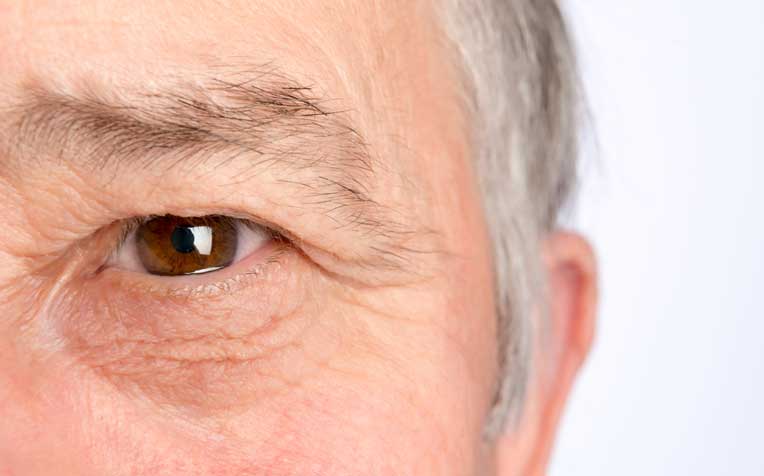HealthXchange will NEVER ask you to transfer money over a call. If in doubt, call the 24/7 ScamShield helpline at 1799, or visit the ScamShield website at www.scamshield.gov.sg.

Age-related macular degeneration may cause blurring or loss of central vision.
What is age-related macular degeneration?
In age-related macular degeneration (AMD), the cells of the retina and its underlying layers become unhealthy with age. In dry AMD, there is a gradual and milder loss of central vision, while in wet AMD, a rapid and severe loss of central vision is experienced. AMD may affect one eye first, or both eyes at the same time.
What is the macula?
It is the central part of the retina at the back of the eye and serves to provide detailed colour vision and shapes. This enables us to read, watch TV and drive, amongst other activities.
What are the symptoms of AMD?
Someone with age-related macular degeneration will find a blurring or loss of central vision. They may see distortion of images that may be gradual or sudden depending on the type of AMD.
Where can I get checked for AMD?
The
Medical Retina Department at
Singapore National Eye Centre (SNEC), a member of the
SingHealth group, provides diagnosis and treatment of diseases of the retina, vitreous (the gel-like substance in front of the retina) and choroids. One of these diseases is age-related macular degeneration.
Important factors in age-related macular degeneration
It can be aggravated by smoking and sun exposure.
Heredity is also a cause.
For treatment of age-related macular degeneration (AMD) and ways to lower your risk, click here.
Ref: H24
Check out other articles on eye care:
Our Eyes - Our Window to the World
Cataract: Causes, Symptoms and Treatment
AMD (Age-Related Macular Degeneration): What You Need to Know
Glaucoma: The Silent Thief of Sight
Eye (Ocular) Inflammation: What Causes It?
Contributed by
Related Articles
Conditions & Treatments
Public Events
Get the Health Buddy App
© 2025 SingHealth Group. All Rights Reserved.

















 Get it on Google Play
Get it on Google Play